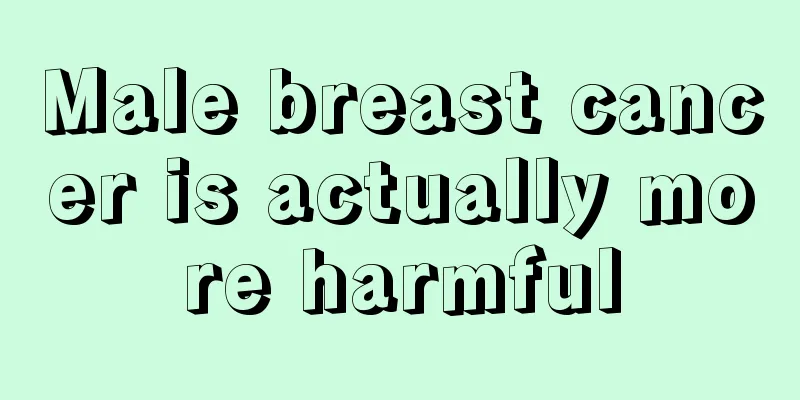What is renal hamartoma and how to treat it

|
Renal hamartoma is a benign tumor composed mainly of fat, smooth muscle and blood vessels that usually grows in the kidney. Treatment options include observation, surgical resection and interventional therapy, depending on the size of the tumor, symptoms and the patient's health status. The cause of renal hamartoma is still unclear, but it may be related to genetics, environmental factors and physiological changes. 1. Genetic factors: Some patients have a family history, which may be related to gene mutations. 2. Environmental factors: Long-term exposure to certain chemicals or radiation may increase the risk of disease. 3. Physiological factors: Abnormal hormone levels or immune system dysfunction may also induce renal hamartoma. 4. Trauma: When the kidney is damaged by external force, abnormal proliferation of local tissue may form a tumor. 5. Pathological factors: Certain chronic kidney diseases may increase the incidence of renal hamartoma. Treatment for renal hamartoma varies depending on the condition. 1. Observation: For small, asymptomatic renal hamartomas, your doctor may recommend regular checkups to monitor tumor changes. 2. Surgical resection: For larger tumors or those that cause symptoms, surgery is the main treatment. Common surgical methods include partial nephrectomy, nephrectomy, and laparoscopic surgery. 3. Interventional therapy: For patients who are not suitable for surgery, interventional therapy such as radiofrequency ablation, cryoablation or arterial embolization can be selected. Diet and lifestyle can also help prevent and treat renal hamartoma. 1. Diet: It is recommended to consume more foods rich in antioxidants, such as fresh vegetables, fruits and whole grains, and reduce the intake of high-fat and high-salt foods. 2. Exercise: Moderate exercise helps enhance immunity and promote blood circulation. Low-intensity exercises such as walking, swimming or yoga are recommended. 3. Psychological adjustment: Maintaining a positive attitude and avoiding long-term mental stress will help physical recovery. Although most renal hamartomas are benign, they still need to be taken seriously. Patients should choose appropriate treatment options based on the doctor's advice and combine them with a healthy lifestyle to improve their quality of life. Regular follow-up and early intervention are the key to preventing the disease from worsening. |
<<: Is renal hamartoma dangerous? How long can one live?
>>: What is renal hamartoma and what tests should be done to confirm it?
Recommend
How long does it take for the heart to recover after radiofrequency ablation?
Arrhythmia is a very common disease in normal tim...
Black tea dregs are a "nourishment" treasure
The uses of black tea dregs. Black tea dregs are ...
Why do I feel thirsty after moxibustion?
Moxibustion can play an auxiliary therapeutic eff...
What harm does copper powder do to the human body
Copper powder is a relatively common thing. It is...
What to do if you are afraid of cold due to breast hyperplasia
Fibrocystic breast disease is the most common bre...
What flowers should I grow at home to prevent mosquitoes
Usually, many people like to buy some flowers and...
How to completely cure pituitary tumors
Pituitary tumor is a brain tumor disease with a h...
Will malignant ovarian tumors cause death?
This question is of great concern to both patient...
How to prevent lung cancer? Grasp 5 points to avoid the occurrence of lung cancer
To prevent any disease, the first thing to do is ...
What should I do if white spots appear in the kimchi jar?
Kimchi is a very popular food among people. It is...
What are the advantages and disadvantages of washing hair with vinegar?
Having black and shiny hair can greatly improve o...
The most obvious sign of colon cancer
There is generally no so-called most obvious sign...
Hemorrhoids pain relief massage method has a trick to relieve pain
Hemorrhoids are a common disease, and people who ...
How to remove oil stains from clothes
Many people face a troubling problem in life, whi...
The drug of choice for sinus tachycardia
Sinus tachycardia is a relatively common symptom....









